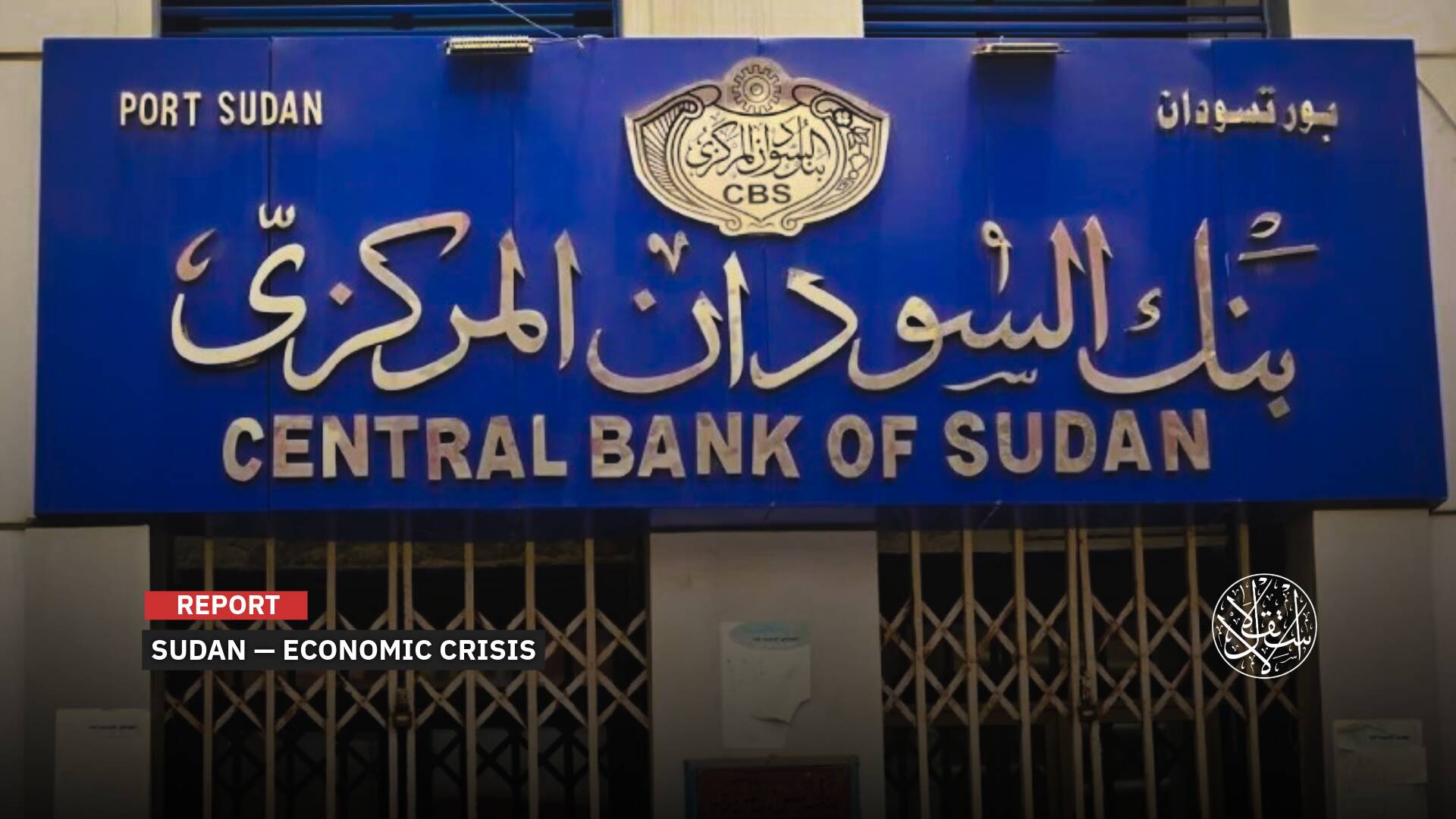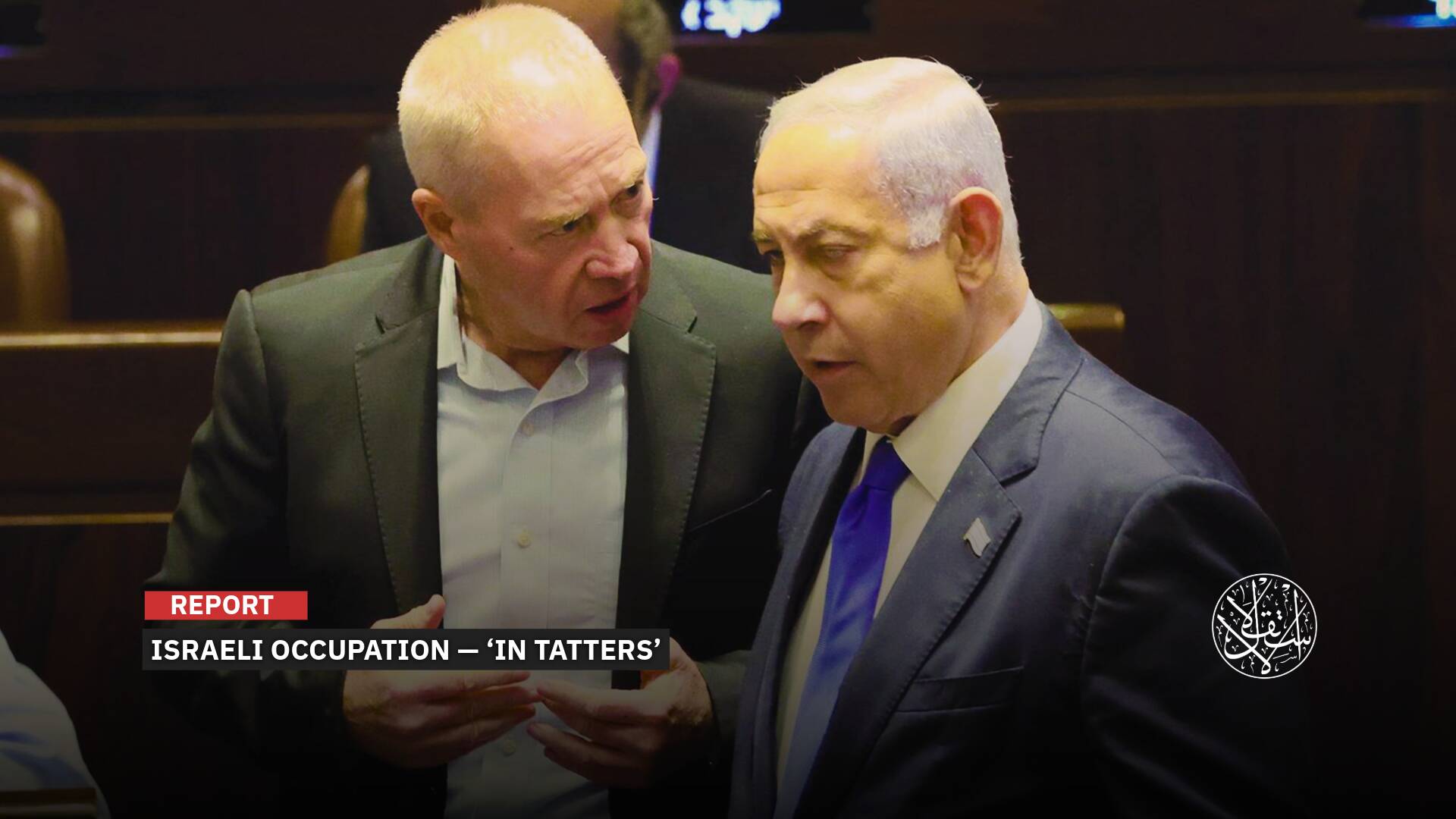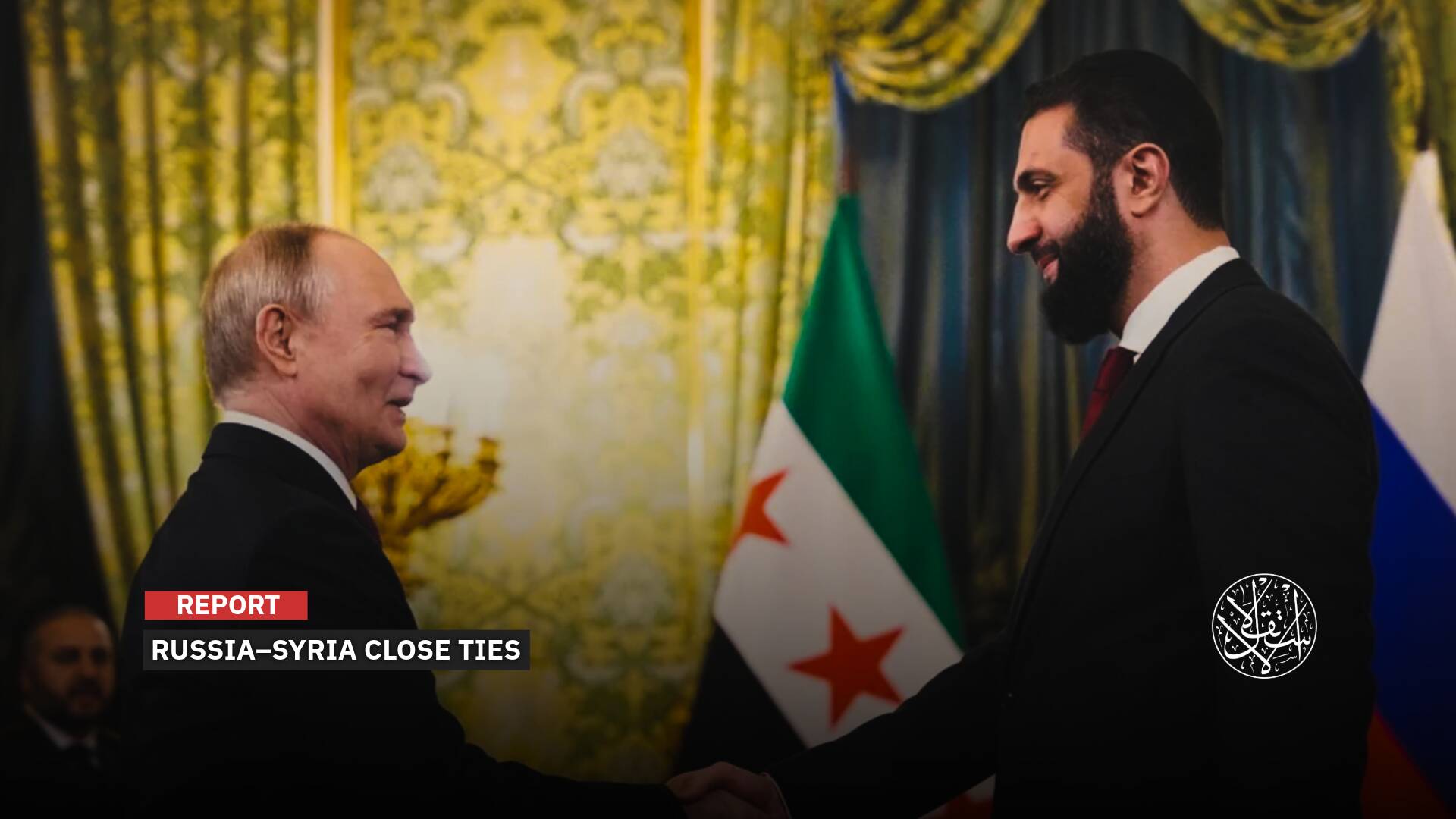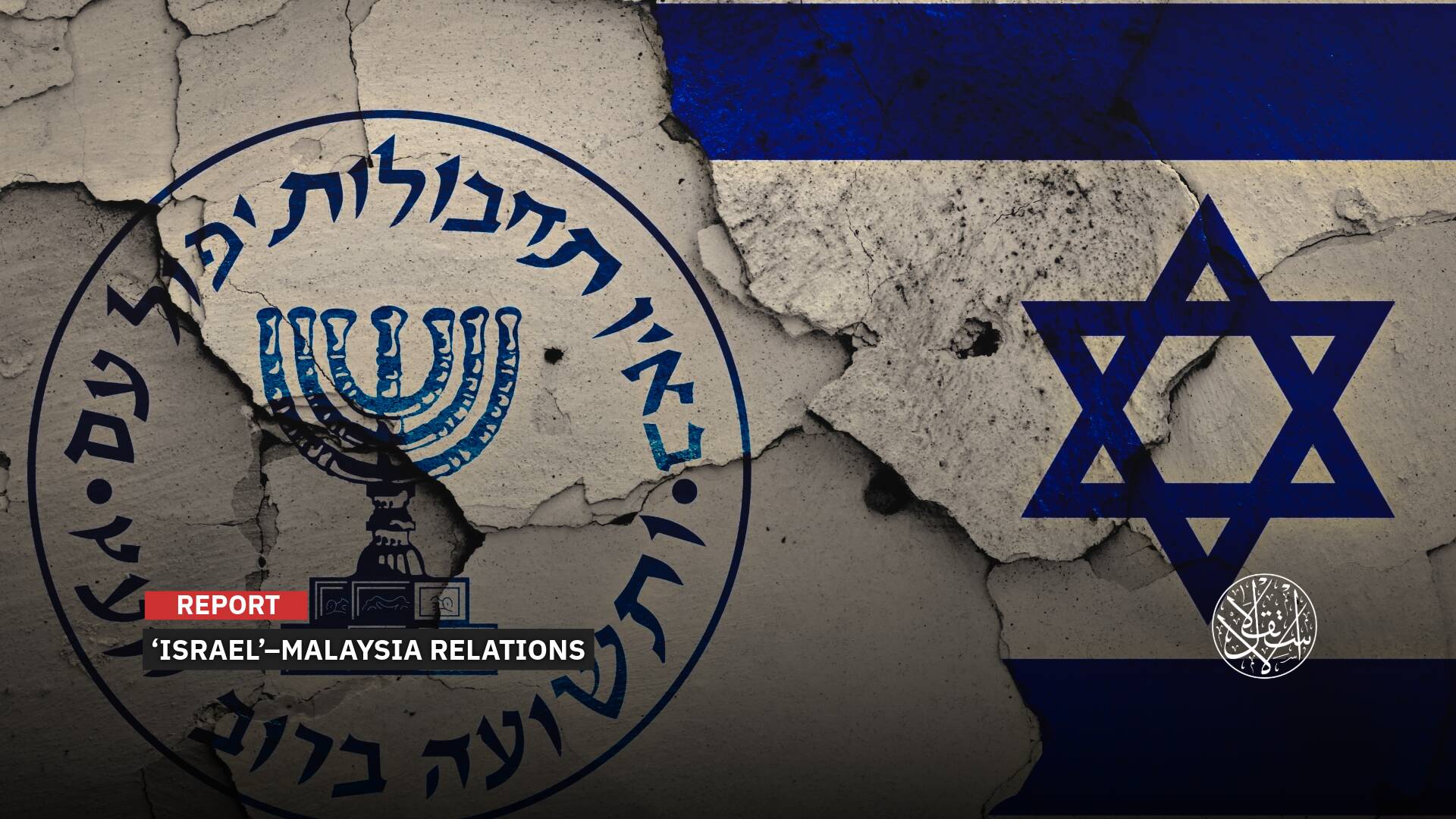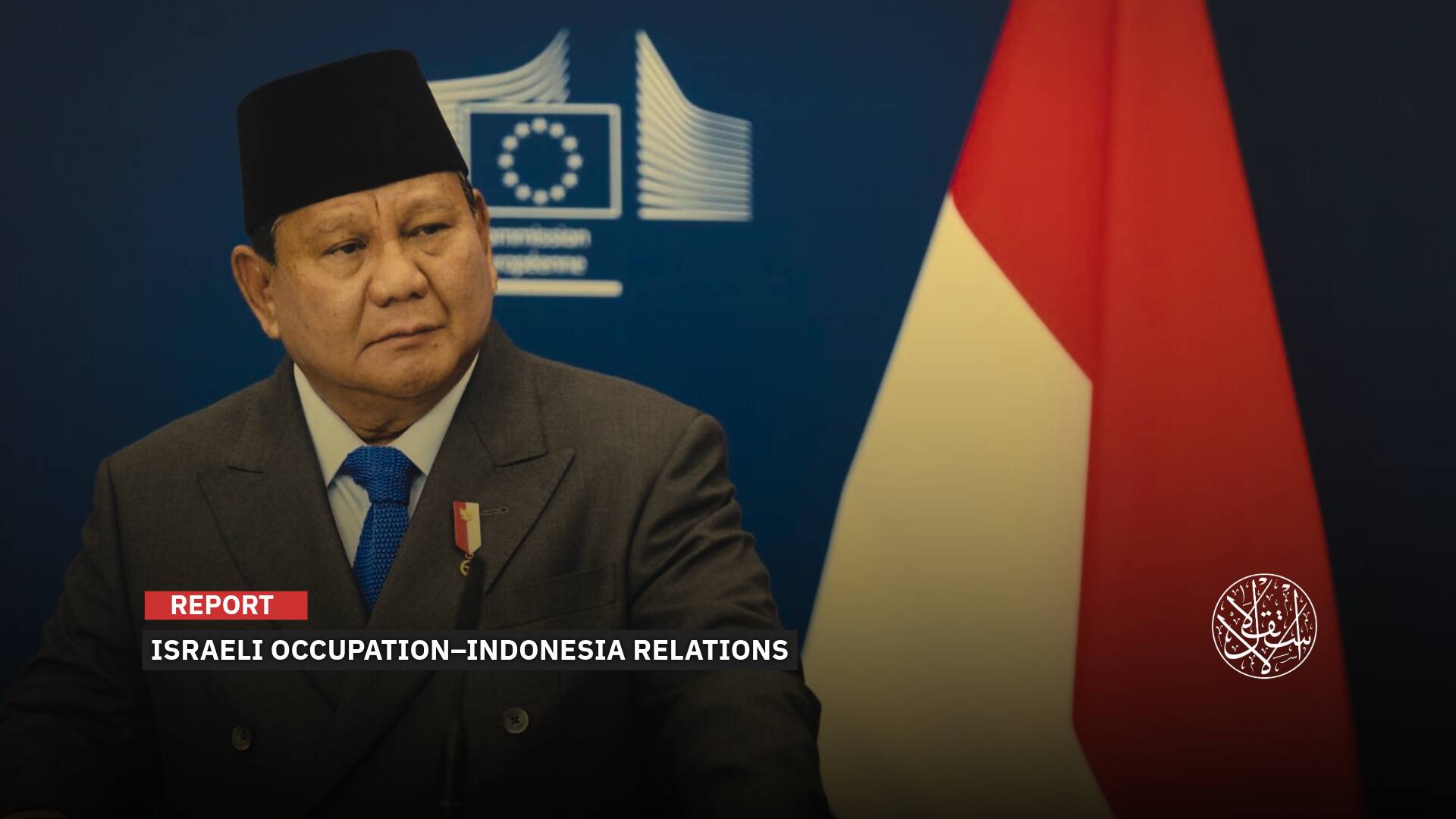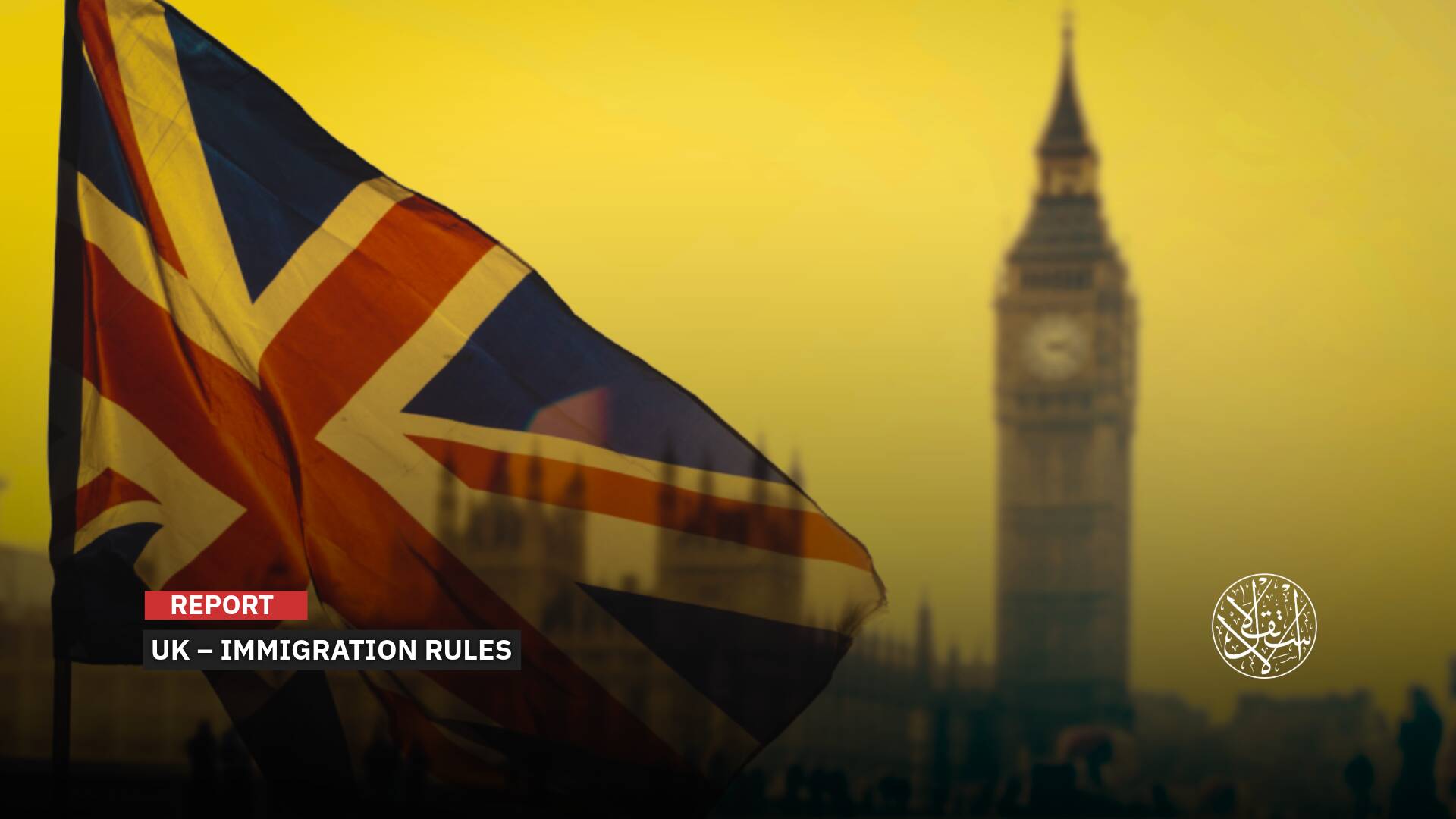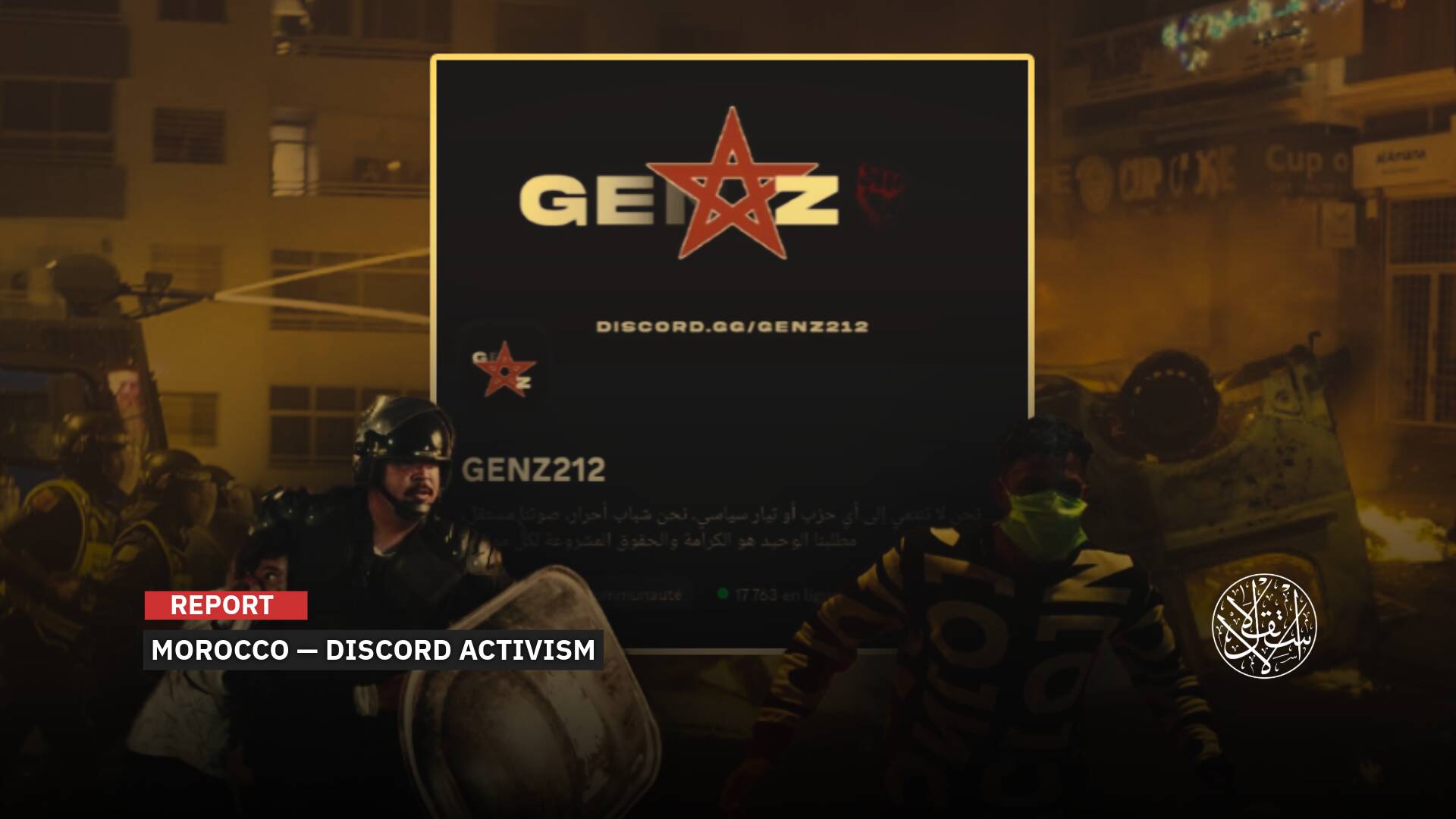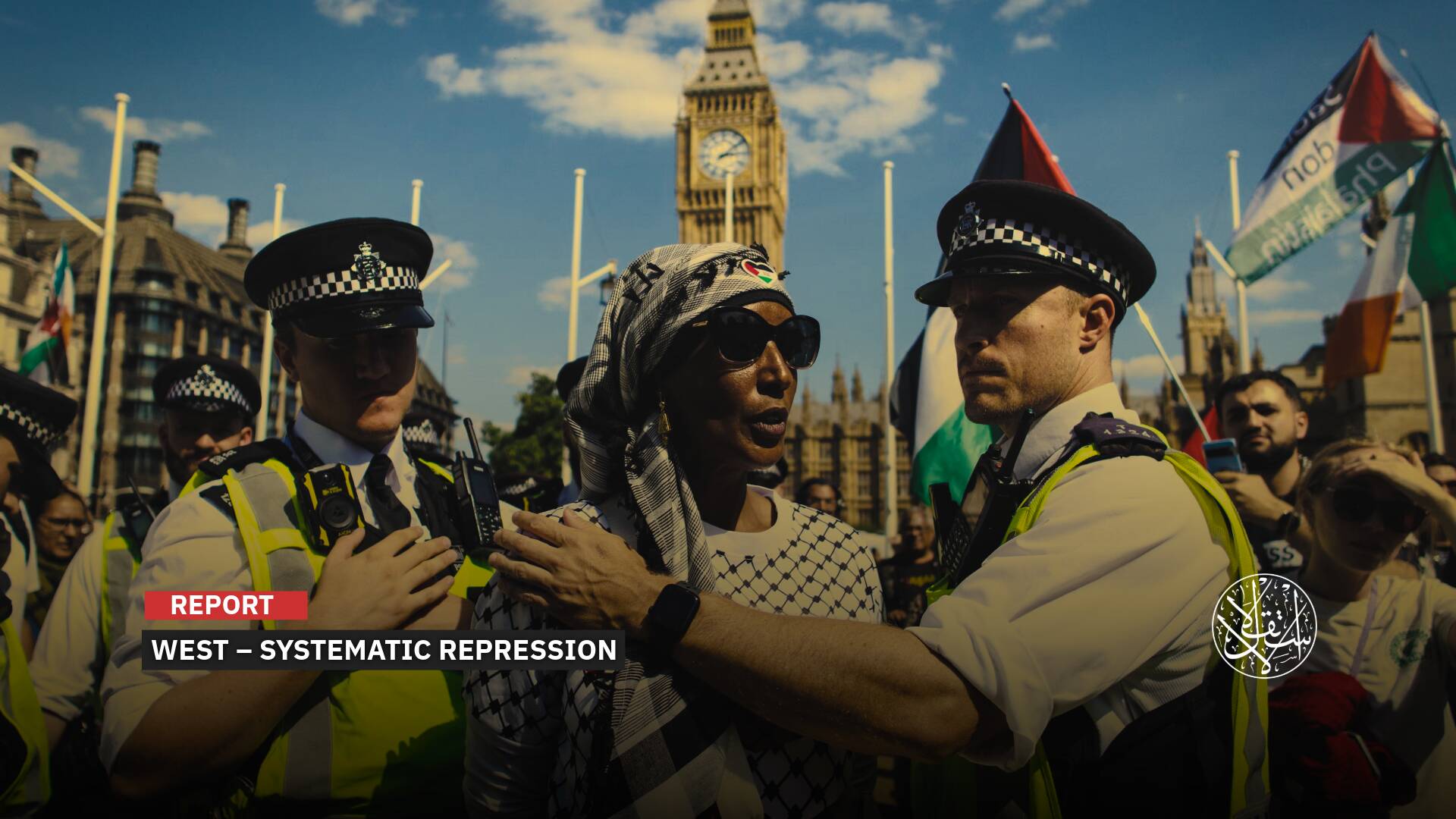Adhan in NYC: What Are the Implications of New York Allowing the Call to Prayer Without Permits?

In a historic move, New York City has permitted the call to prayer (adhan) to be broadcast through external loudspeakers in mosques during Friday prayers, as well as for the Maghrib and Isha prayers during the holy month of Ramadan.
The Adhan, sometimes spelled Azan, serves as the call to prayer in the Muslim faith. Typically, it is publicly broadcast through speakers or a public address system within a place of worship. This practice is aimed at gathering Muslim community members for their daily prayers, as stated in a news release from the city.
According to the decision made by the city on August 29, 2023, the adhan will be broadcast between 12:20 and 13:30 during Friday prayers and also at the time of Iftar during Ramadan, provided that it remains at a "reasonable level."
This step comes after previously requiring an official permit for the call to prayer to be made once in any mosque, typically denied due to the so-called "noise ordinance."
Historically, New York City has become the second major American city to permit the broadcasting of the adhan through loudspeakers, following Minneapolis, Minnesota, which was the first to broadcast it five times a day throughout the year.
Previously, American Muslims performed their first Taraweeh prayer in New York's iconic Times Square in April 2022, marking a historic moment. Hundreds gathered behind an Imam reciting Quranic verses with a moving voice, capturing the attention of passersby, who stopped to witness and film the historic moments for Muslims.
Observers considered this event a message from Muslims to the world about their presence and a call to understand Islam. It took place amid a rising wave of Islamophobia in the United States and Europe.
While many Americans and people around the world expressed joy at witnessing this event for the first time, some activists and secular Arabs criticized the prayer in the public square, alleging that it was an inappropriate "show" that tarnished the image of Arabs in the area.
A statement signed by Mayor Eric Adams indicated that this new initiative, launched by the New York City Police Department (NYPD), clarifies that the call to prayer is allowed in New York City and "not prohibited despite sound restrictions in city neighborhoods," the release said.
In New York, all mosques were officially allowed to give the call to prayer by microphone.
— Z A Joy (@ZAJoy1) August 26, 2023
Thanks to those concerned.
Alhamdulillah pic.twitter.com/9DtBOlU0Ps
"Today we are cutting red tape and saying clearly if you are a mosque or house of worship of any kind, you do not have to apply for a permit to amplify your call to Friday prayer. You are free to live your faith in NYC," Mayor Eric Adams said while announcing the new guidance.
The call to prayer was raised from within the New York City municipal building during the press conference held by the city's mayor to announce the decision.
"In the past, there have been several instances in which the NYPD has harassed mosques for broadcasting the adhan, demanding repeated permits be filed with each use of amplified sound. Churches and synagogues, on the other hand, were not required to file a permit, and are explicitly named in the exception to the administrative code," according to The Council on American-Islamic Relations (CAIR).
Officially in the city of New York, the call to prayer (Adhan) is now allowed in the city#azan pic.twitter.com/BAJxQ5egUc
— Abdulrazak Esa (@AbdulrazakEsa) August 29, 2023
Muslims, including Imam Abdullah Salem from Egypt and the director of the Islamic School, told the New York City website that hearing the call to prayer publicly will reaffirm to Muslims that this is their city and they have the right to worship just like anyone else.
رفع الأذان لأول مرة في مساجد مدينة #نيويورك بعد توقيع عمدة المدينة مرسومًا يسمح بذلك. pic.twitter.com/0EmYD5Gxjf
— مصدر (@MSDAR_NEWS) August 30, 2023
The Council on American-Islamic Relations (CAIR) New York branch praised the city mayor's decision to support the Muslim call to prayer without requiring a permit.
They noted that the decision removes obstacles that some mosques faced in sounding the call to prayer, even though the administrative code of New York City allows places of worship to use sound equipment for religious purposes.
Call to Prayer with Permit
Prior to the decision of the New York City mayor, Muslims in the city were required to obtain permission from the police and the municipality to sound the call to prayer on specific occasions, such as the start of the Ramadan month. The permit would only be issued for one day and one prayer rather than being a permanent arrangement.
This situation saddened the Muslim community, especially considering that New York has over 250 mosques, making it the state with the highest number of mosques in the United States.

In early April 2023, the call to prayer, adhan, was broadcast from loudspeakers at Masjid Dar al-Dawah in the Astoria neighborhood of Queens, New York, after obtaining a permit from U.S. authorities.
At that time, authorities allowed the call to prayer to be broadcast three times from the Astoria mosque, which is home to a large Muslim community.
In March 2023, the call to prayer was first broadcast via loudspeakers in Astoria, New York, after an Egyptian girl, Rana Abdelhamid, who has been living in the United States for 31 years, successfully obtained an official permit. This was the first time in the city's history.
Mayor Adams addressed the Muslim community during a press conference attended by representatives from various Islamic associations and institutions, stating that Muslims are free to practice their religious rituals in New York and that he is proud they are finally doing this today.
He addressed the Muslim community in New York, saying the call to prayer is a religious right for the Islamic community, emphasizing that allowing it in the city is turning the law into a policy applied on the ground.
Mayor Adams added that people will hear the call to prayer through loudspeakers for the first time. This is an important moment for the Muslim community. This city celebrates Islamic culture and all cultures.
In America, where the call to prayer is not usually heard in public places, many Muslims rely on prayer apps on their mobile phones or other devices to keep track of prayer times and the call to prayer.
Continued Success
The success of Muslims in the case of broadcasting the call to prayer in mosques through loudspeakers is one of the victories they have achieved as their presence in elections has grown, and they have won many seats in city councils and state legislatures across the United States.
Minneapolis, Minnesota, was the first major American city to allow the call to prayer to be broadcast five times a day throughout the year.
In its elections, the city saw three Muslim members elected to its 12-member city council. Mayor Jacob Frey signed the decision to allow the call to prayer for Muslims at all prayer times in April 2023.
Mayor Frey, who is Jewish, compared the call to prayer for Muslims to church bells and the sound of a shofar, saying that they are all important to "our religions, and now you can hear them all."

The Minneapolis City Council unanimously voted to amend the city's noise ordinance, which previously prohibited the call to prayer at certain times of the year and imposed stricter noise restrictions to allow it.
The Minneapolis City Council, which includes 3 Muslim members out of a total of 13 members, had previously approved in 2022, following the election of Muslims in the city, the permission for the call to prayer three times a day, only between 7 AM and 10 PM.
However, it revisited the decision and unanimously approved the amendment to the noise ordinance on April 13, 2023, which previously prevented the call to prayer at dawn and sunset.
After the mayor's signature, the decision came into effect, and the call to prayer began to be broadcast in all twenty mosques in the city.
Minneapolis now allows mosques to broadcast all 5 daily Muslim calls to prayer. This summer, that could mean as early as 3am and as late as 11pm.
— David Schuman (@david_schuman) April 18, 2023
Some Muslims call it a victory for religious freedom. @WCCO at 10
Listen: pic.twitter.com/NWjibxPXIQ
The resolution states that the Islamic faith is welcomed, and mosques throughout the city can celebrate the blessed month of Ramadan with the call to prayer, as observed by Muslims worldwide.
The city of Minneapolis has been home to a significant number of immigrants from East Africa since at least the 1990s, and it has hosted many mosques since that time.
In the 2022 midterm elections, 82 Muslim candidates achieved final electoral victories in various councils, including three in the House of Representatives and 38 in state legislatures, compared to 71 in the 2020 elections.
The American elections saw 146 Muslim candidates competing for local, state, and federal positions, with 51 legislative candidates running in 23 states.
Therefore, the winning percentage is excellent, as it represents a 56 percent victory for the candidates.
The History of the Prayer Call
The researcher, Leila Tarakji, an Assistant Professor in Religious Studies at the University of Michigan, states in a June 21, 2023, article on The Conversation that the history of the call to prayer (adhan) in the United States can be traced back to the Muslim slaves brought to the country from East Africa.
She explains that the earliest instances of the adhan being sounded on American soil date back to hundreds of thousands of enslaved African Muslims who were brought to the Americas, each with varying degrees of their Islamic practices. Adhan has left a profound impact on American music and culture, according to her description.
Tarakji points out that the historian Sylviane Diouf attributes the roots of blues music to West African Muslims who were enslaved and forcibly transported to the Americas between the 17th and 19th centuries.
Diouf specifically draws a comparison between the adhan and the song Levee Camp Holler, which was written and sung by former slaves.
These songs served as precursors to blues music, as they have similar rhythms, extended musical passages with undulating tones, and recurring motifs and pauses.
Furthermore, the rapper and Muslim artist Lupe Fiasco released an album titled Muhammad Walks, which prominently features audio clips of the adhan, along with various references to Islamic traditions.
The first documented public broadcast of the Muslim call to prayer in the United States occurred during the World's Columbian Exposition, a global exhibition held in Chicago in 1893, as reported by The Conversation on June 21, 2023.
The exposition featured a recreation of "Cairo Street," a famous Egyptian tourist attraction.
Within this exhibit, there was a mosque from which the call to prayer was broadcast through a minaret's loudspeakers, followed by scenes of Muslim worshipers performing their daily prayers.
Later that same year, the call to prayer was broadcast again in the United States, this time from the third-floor window of the Union Square Bank building in New York City.
It was recited by John Lant, who had converted to Islam and became a founding member of the first American Islamic society.
A congregational prayer was held before the group proceeded with their inaugural meeting, as documented by The New York Times at the time.
Starting in the 1970s, the adhan began to be broadcast from mosques in the United States, such as the American Islamic Association, founded in Dearborn, Michigan, in 1938. This mosque became the first in America to gain legal permission to broadcast all five calls to prayer via loudspeakers.
Later, the city of Hamtramck, near Michigan, became the first city in America with a Muslim majority to grant legal recognition to the call to prayer (adhan) by the local government in 2004.
This occurred when an amendment to the sound restrictions was proposed and voted on at the city level.
However, at that time, this decision caused noticeable tensions among different religious communities in Hamtramck.
In 2020, the City Council of Paterson, New Jersey, also approved the call to prayer to be sounded during specific hours of the day.
In 2023, several mosques in Astoria, New York, obtained permits to broadcast the five calls to prayer exclusively throughout the blessed month of Ramadan.
Similarly, a small mosque in Oakton, Virginia, was invited by the local city mayor to broadcast the call to prayer on two separate occasions during Ramadan.
In addition to Arab and Muslim communities, videos have circulated showing newly converted American Muslims, who may not speak Arabic, making dedicated efforts to recite the call to prayer in American mosques.
According to the study published by the American Muslim researcher Leila Tarakji, the act of reciting the call to prayer in more American cities affirms the long-standing and growing presence of Muslims here.
She explained that the call to prayer serves as an expression by American Muslims of their identity as a religious community at both local and global levels. This is because the call to prayer is a significant aspect of the daily lives of Muslims, and the five daily prayers are one of the five pillars of Islam.
Tarakji noted that "the call to prayer punctuates daily life five times, drawing people out of their everyday preoccupation to matters of ultimate concern."
She further elaborated that the public broadcast of the call to prayer is a natural facet of American Islamic existence and communal expression and is part of a larger narrative of American diversity.
She emphasized that the ability to hear the call to prayer in the streets of Minneapolis, Hamtramck, Astoria (and currently New York), alongside the sounds of church bells and other forms of worship, indicates that Islamic beliefs are equally valued. It serves as a symbol that Muslims are at home and welcomed here.
Sources
- New York City mosques can now broadcast Muslim call to prayer on Friday afternoons without permit
- CAIR-NY Welcomes Mayor’s Support for Broadcast of Muslim Call to Prayer (Adhan) Citywide
- Minneapolis becomes first major U.S. city to allow all five Muslim daily prayer calls
- Islam’s call to prayer is ringing out in more US cities – affirming a long and growing presence of Muslims in America


